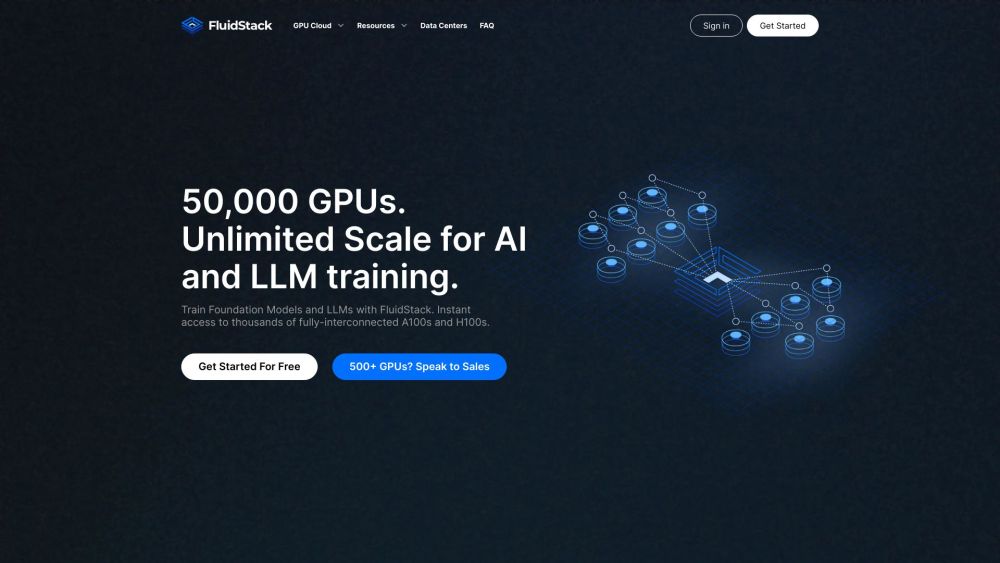Researchers from Stanford University have developed an innovative technique aimed at simplifying the training of large language models (LLMs). This new approach, known as Direct Preference Optimization (DPO), presents a more straightforward alternative to traditional reinforcement learning from human feedback (RLHF), allowing models to align more effectively with human preferences. The research, co-authored by experts from the Chan Zuckerberg Biohub Network, has garnered significant attention, with Andrew Ng, the founder of Google Brain and a Stanford professor, expressing his admiration for the work. "It is only rarely that, after reading a research paper, I feel like giving the authors a standing ovation. But I felt that way after finishing Direct Preference Optimization," Ng tweeted.
Historically, LLM creators relied on RLHF to build a reward model based on human preferences. This process involved gathering preference data and then deploying reinforcement learning to refine the model's policies in order to maximize the perceived rewards. In contrast, DPO directly optimizes the model’s policy using a straightforward binary cross-entropy loss function. Essentially, DPO trains the model to align its reward function closely with human rankings, eliminating the need for a separate reward function and facilitating a more integrated training process.
The implications of DPO extend beyond merely simplifying the training process; it also holds potential for cost savings in computing resources, making it an attractive option for language model developers. “Although it’s still too early to be sure, I am cautiously optimistic that DPO will have a huge impact on LLMs and beyond in the next few years,” Ng remarked.
One of the standout advantages of DPO over RLHF lies in its stability and efficiency. Traditional RLHF processes can often be complex and unstable due to their reliance on the consistency and quality of human feedback—gathering which can be resource-intensive and prone to biases. In contrast, DPO's algorithm is designed to be computationally lightweight, enabling it to fine-tune models more effectively than RLHF while exerting greater control over the sentiment of the generated outputs. This leads to enhanced response quality in tasks such as summarization and single-turn dialogue, according to the researchers.
However, further investigations are necessary to fully assess the capabilities of DPO. The initial results showcased by the researchers are promising but limited, as they tested the technique on models with up to six billion parameters. Notably, DPO is already being implemented in contemporary models, such as Mixtral from Mistral, a multilingual language model that has demonstrated superior performance compared to Meta's Llama 2 70B across various benchmarks. Mixtral combines eight different models, totaling 46.7 billion parameters, which raises questions about the scalability of DPO's optimization capabilities.
“The ability to replace such fundamental building blocks of LLMs signals that the field is still in its infancy and much innovation is on the horizon,” Ng noted in his blog, The Batch. “While having access to substantial computational power, such as Nvidia H100 or AMD MI300X GPUs, is advantageous, this work exemplifies that deep thinking and innovative approaches with modest resources can lead to significant advancements.”
In summary, Direct Preference Optimization represents a promising advancement in the development of large language models, potentially reshaping the landscape of natural language processing with its innovative, efficient approach to aligning model outputs with human preferences.






